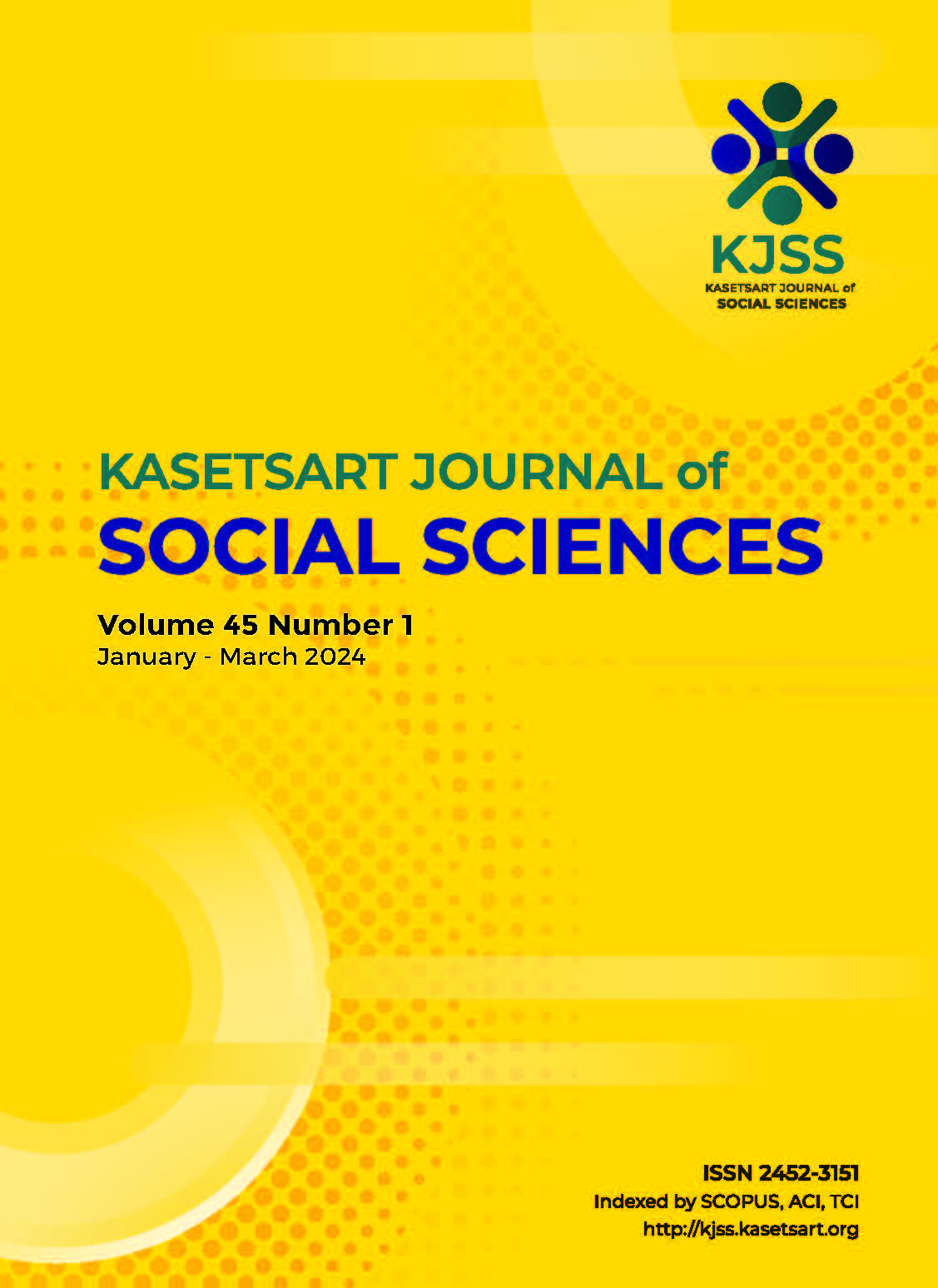Smart city development in a tourist city with valuable sites of cultural and natural environment: Case study of Amphawa Subdistrict Municipality, Samut Songkhram Province
Keywords:
Amphawa, cultural and natural environment sites, development, people’s demands, smart cityAbstract
The Amphawa Subdistrict Municipality is located in a riverfront community that reflects its historical heritage. With the increasing emphasis on eco-tourism, there arises a question of how the city can be developed in a way that preserves its cultural and natural value whilst embracing smart technologies to enhance urban management efficiency. The objectives of research were: (1) to study the area’s valuable cultural and natural environment sites, and its readiness for smart city components, (2) to study the demands of people in the development of smart cities, and (3) to suggest guidelines for the development of a smart city corresponding with the public opinion in an area with cultural and natural values. The research methodology used were questionnaires (given to 370 people) and interview forms (five government officials and academicians). The research findings reveal that there are four cultural environmental sites and that the significant natural environment in the area is the Mae Klong River. In terms of community needs, the highest demand (mean 4.82%) is for smart governance development. The proposed development approach suggests that the municipality can seek collaboration, establish networks to utilise technology for city management, raise awareness of the value of the cultural and natural resources among the public and organisations, engage in activities with various sectors, smart temple sign, assist with planning activities in residential areas near valuable sites, implement urban planning measures such as tax measures, overlay zoning control, and designation of buffer areas should be adopted as tools to promote concrete development.
Downloads
Published
How to Cite
Issue
Section
License

This work is licensed under a Creative Commons Attribution-NonCommercial-NoDerivatives 4.0 International License.
This is an open access article under the CC BY-NC-ND license http://creativecommons.org/licenses/by-nc-nd/4.0/










